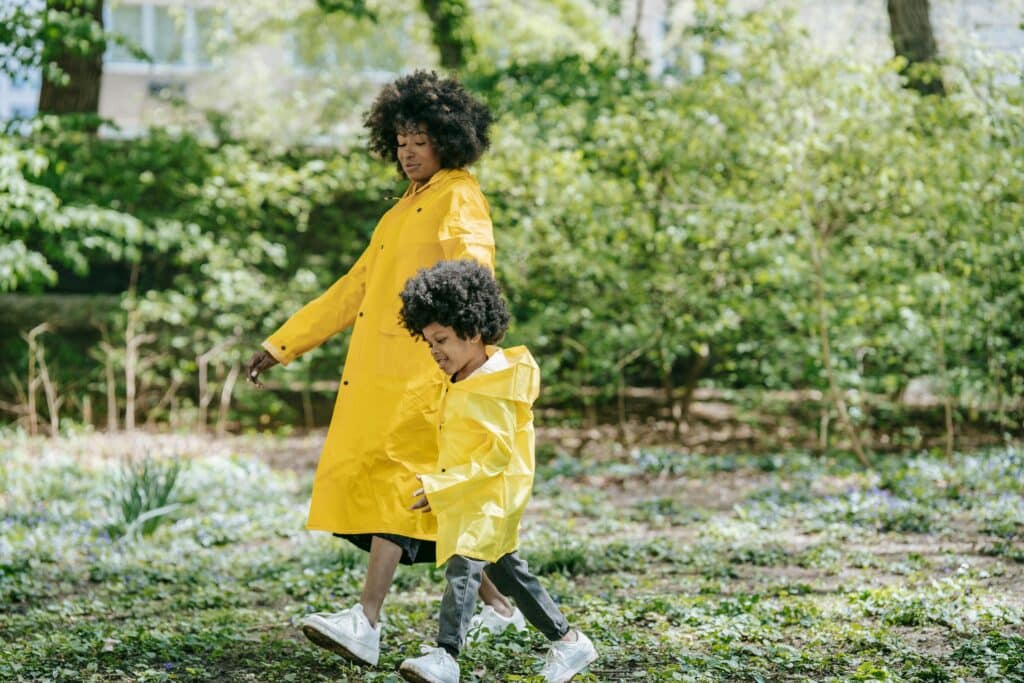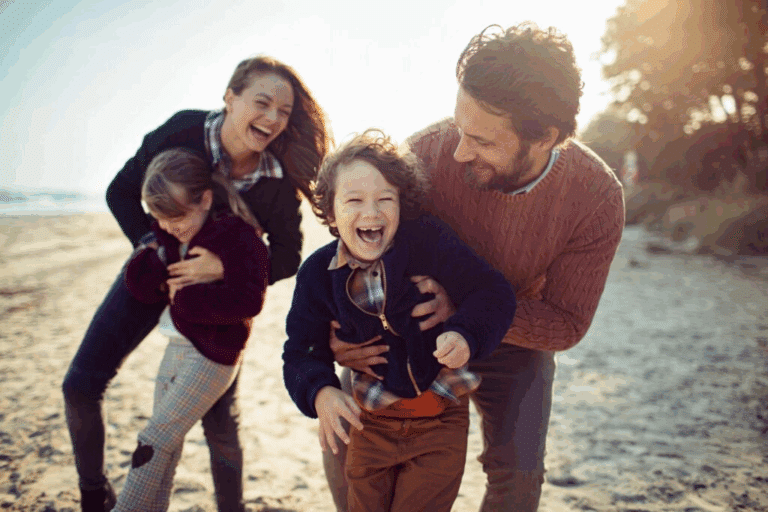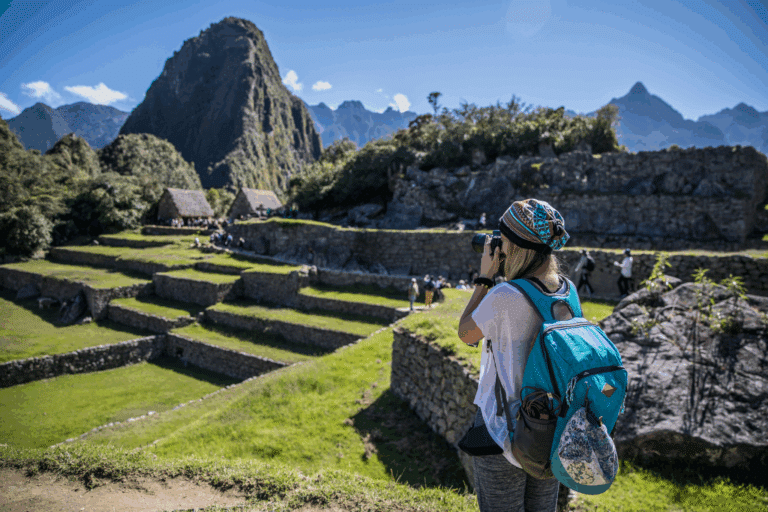When kids head into the wild, camo is usually the first thing that comes to mind. But being properly dressed for outdoor adventures isn’t just about blending into the brush or staying dry in unpredictable weather. The clothes our kids wear—and the mindset that comes with them—can actually help teach deeper lessons about ethics, conservation, and respect for nature. In a world where the next generation is growing up more digitally connected than ever, helping them form a thoughtful relationship with the outdoors is no small task. And yes, their wardrobe can play a role. Here’s how to guide kids beyond the camo and into a lifelong respect for the wild.
Traveling Through Texas Hill Country and Outdoor Ethics
Start with the setting. Texas Hill Country offers the kind of landscape that captures imaginations and fuels curiosity—rolling hills, limestone rivers, star-studded skies, and trails that stretch for miles. It’s a perfect place for a family trip, and with the right plan, it becomes more than just a vacation. Using a thoughtful family guide you’ll realize that there is more to do than hike and camp—you can use the trip to introduce kids to the ideas of stewardship, leave-no-trace principles, and the role humans play in caring for wild spaces.
Letting kids explore the outdoors with purpose means they start to connect their actions to their surroundings. Whether they’re skipping rocks across a spring-fed river or observing deer quietly in the brush, they’re learning that nature isn’t just a backdrop—it’s a living, breathing space that deserves care. And when they’re dressed appropriately and comfortably they move through that space with more focus and less distraction. That mindset matters.
Hunting Gear That Teaches Kids Respect
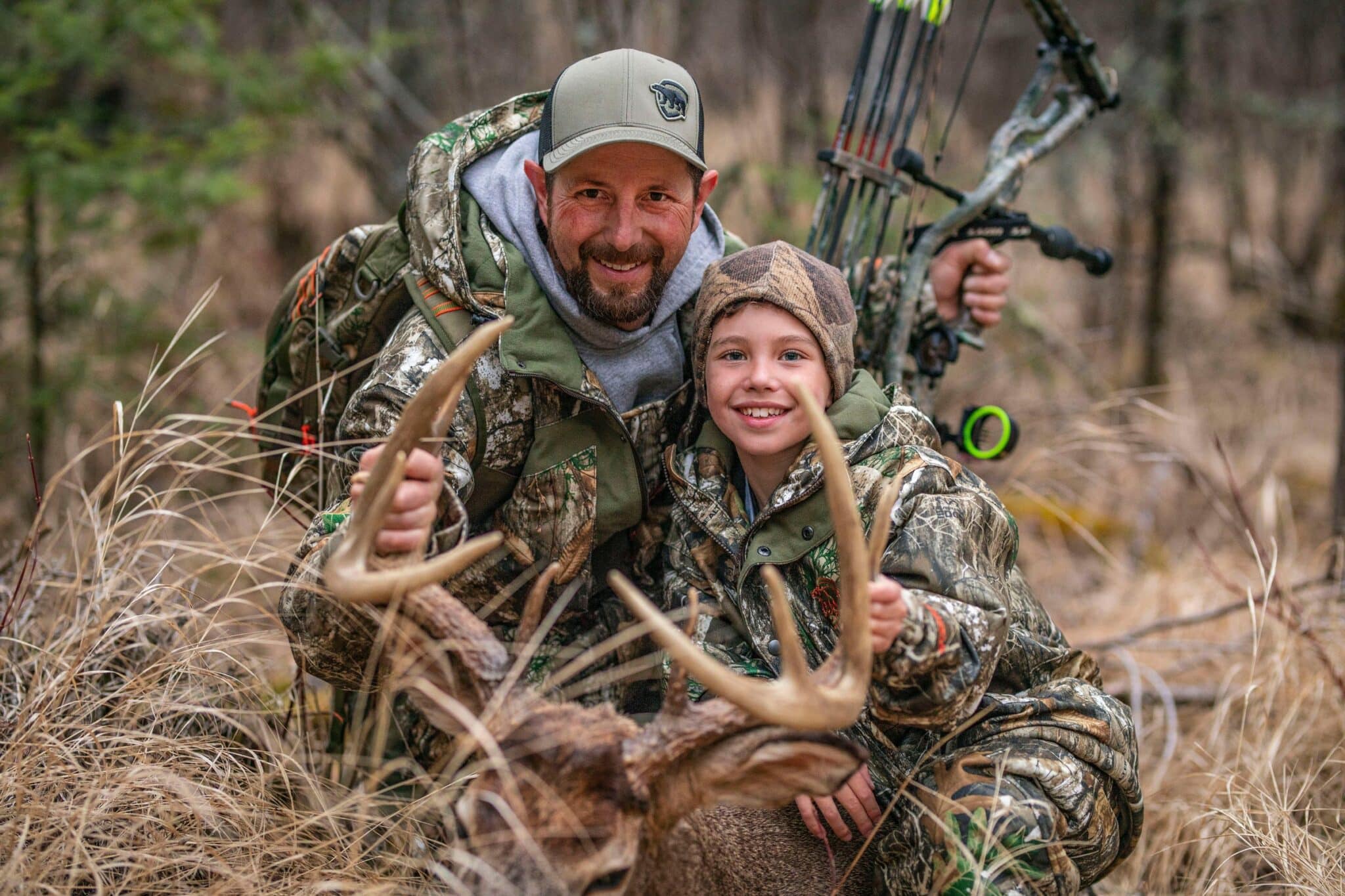
While debates about hunting can stir strong opinions, there’s one truth that cuts through the noise: when taught with care and integrity, it can be one of the most powerful tools for teaching kids about respect for wildlife. The process requires patience, awareness, restraint, and a full understanding of one’s impact on an ecosystem.
It’s important to invest in quality youth hunting gear when your kids are ready. It’s a signal that your child is ready to be a responsible part of that experience. Outfitting kids in proper gear that fits them well and suits the environment reinforces the idea that hunting isn’t casual. It’s not just throwing on camo and heading out with a rifle. It’s a process, and the gear is part of that education. Good gear teaches kids to respect the terrain, the weather, and most importantly, the animals.
And with that gear comes the opportunity to teach the ethics behind it. Why we don’t take unnecessary shots. Why we only harvest what we’ll use. Why silence and patience matter.
As an added bonus, getting your child started early on getting familiar with long guns like an AR-15 or a 20 gauge shotgun can help them to understand safety and responsibility to carry through all parts of their life, just another reason why taking the time to teach your children can be both memorable and rewarding.
Clothes can Shape a Child’s Attitude in the Wild
There’s a reason uniforms exist. Clothes can signal purpose, help shift mindset, and shape behavior. It’s no different outdoors. When kids are wearing clothing suited to exploration—durable pants, layers for changing weather, boots that support careful movement—they carry themselves differently. They walk more mindfully, stay more engaged, and are less likely to complain or disconnect.
This doesn’t mean shelling out for top-of-the-line gear. It means being thoughtful about what’s appropriate for the terrain and activities, and involving kids in that decision-making process. When they understand why certain fabrics matter in the rain, or why bright colors might not be appropriate in a hunting environment, they start to connect preparation with purpose.
Model Ethical Behavior
Kids learn what they live. If we want them to respect the outdoors, we need to show them what that looks like. That means picking up after ourselves, sticking to marked trails, and honoring the rules of protected areas—even when no one’s watching. It also means explaining why those rules exist instead of barking orders.
Clothing plays a role here too. If your child sees you treating your gear with care—washing and storing it properly, patching what’s worn instead of tossing it—they see that outdoor tools have value. When they notice that you dress differently depending on the activity and location, it sends the message that you take the outdoors seriously.
Kids can Learn Boundaries and Self-Control from Outdoor Activities
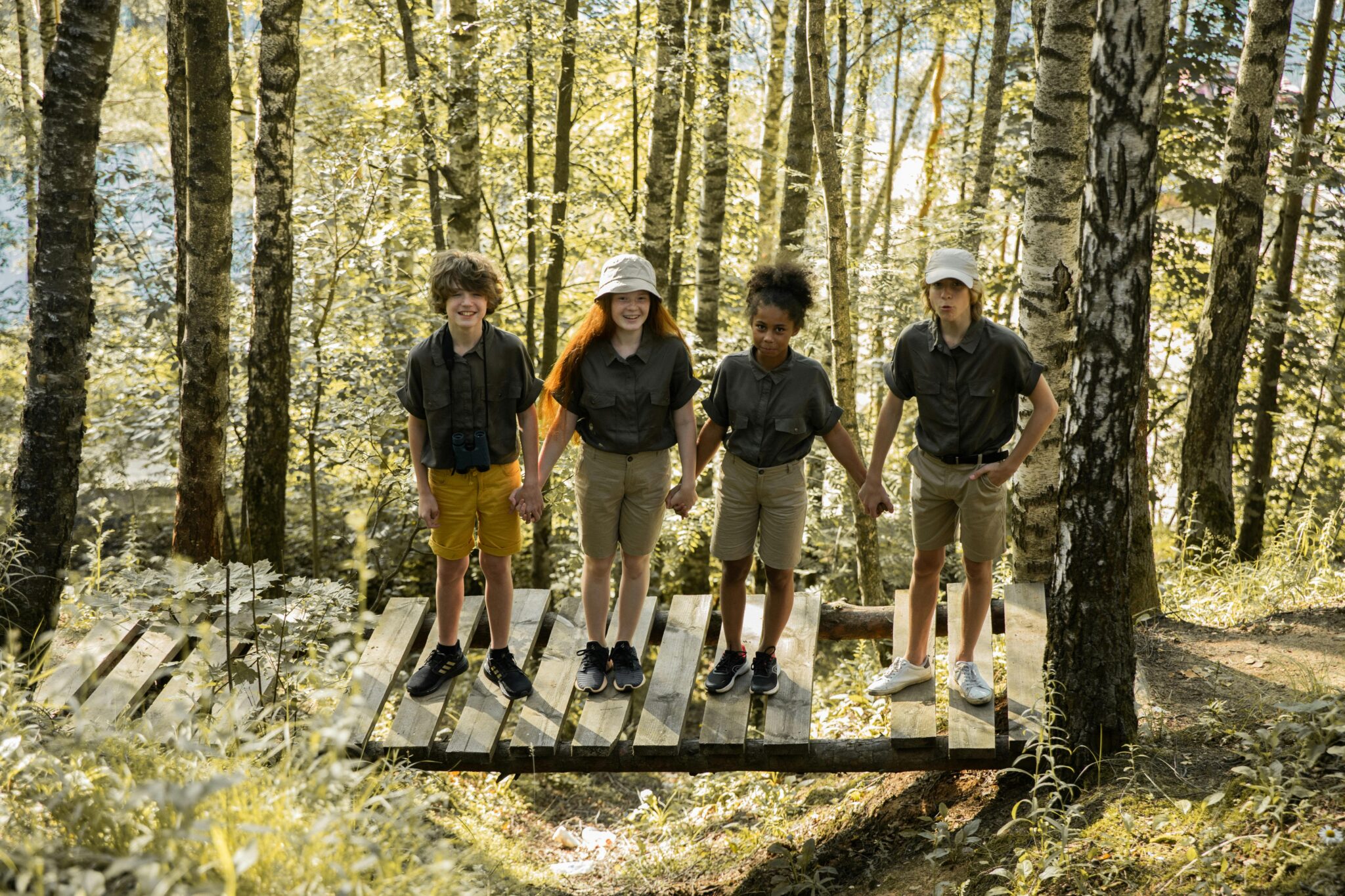
The wild doesn’t operate on demand. Animals don’t show up when you want them to. Rain doesn’t stop because you’re cold. Trails don’t flatten out just because you’re tired. These are exactly the kinds of experiences that help kids learn patience, emotional regulation, and respect for the unpredictable.
Clothing can help reinforce this. When kids are dressed for the reality of the environment, they’re less likely to focus on discomfort and more likely to adapt. It also gives parents and mentors a chance to talk about the difference between control and preparation. We can’t control the wild, but we can show up ready.


